Understanding Cotoneaster: A Versatile Shrub for Your Garden
Cotoneaster is a diverse group of shrubs and trees that are widely appreciated for their vibrant fall colors, whether from foliage, fruits, or both. These plants are known for their bold berries, which add visual interest to gardens during the autumn season. Most cotoneasters are deciduous, but some popular varieties are evergreen shrubs. Despite these differences, all cotoneasters share two key features.
First, they produce small, five-petaled flowers, typically white in color, that bloom in late spring or early summer. These flowers are highly attractive to bees, making them an excellent addition to pollinator-friendly gardens. Following the flowering period, cotoneasters develop clusters of showy berries, usually red, though some varieties may have orange or even yellow berries. This makes them one of the best choices for adding fall color to your garden.
Cotoneasters can sometimes be confused with pyracanthas and hawthorns (Crataegus), but they are distinct in that they lack thorns. These plants are generally robust and adaptable, thriving in various soil types and growing conditions. Additionally, their foliage has been noted to help absorb pollution from car exhausts, making them an effective choice for improving air quality in urban environments.
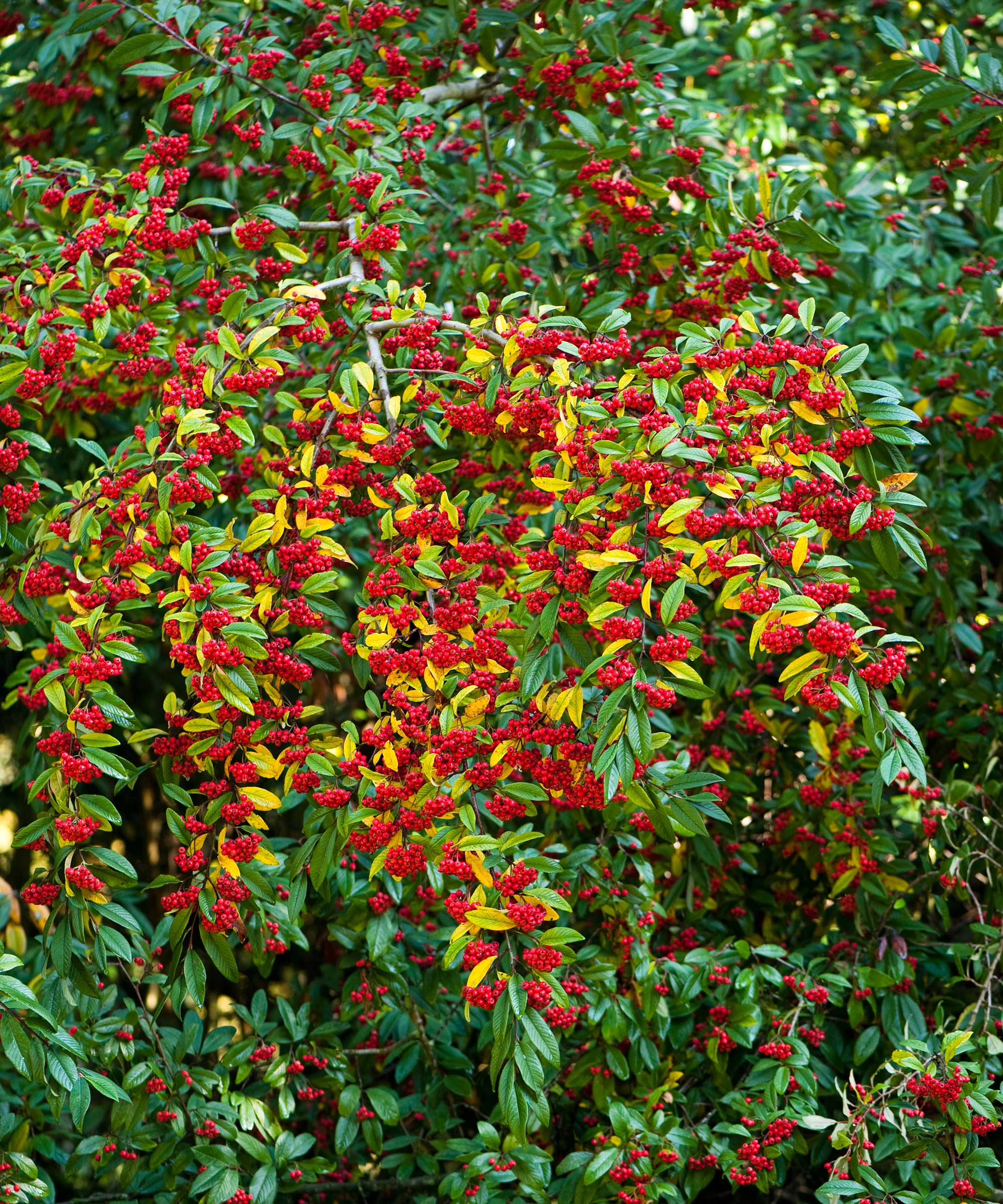
Key Facts About Cotoneaster
- Plant type: Deciduous and evergreen shrubs or small trees
- Mature size: 2-15ft (60cm-4.5m)
- Soil type: Any well-drained soil
- Soil pH: Slightly acid, neutral or slightly alkaline
- Time to plant: Spring or fall
- Flowering time: Early summer
- Flower color: White, sometimes pinkish
- Hardiness zones: USDA zones 2-7
- Scientific name: Cotoneaster
- Common name: Cotoneaster
The Four Main Types of Cotoneaster
The most noticeable distinctions among cotoneasters are between large and small species, as well as between evergreen and deciduous types.
Large cotoneasters are often used as standalone specimens in lawns or at the back of mixed borders due to their impressive height and vigorous growth. They are particularly admired for their beauty in fruit and graceful form.
Small cotoneasters are ideal for covering sloping, sunny banks or as rockery plants. Their compact size makes them perfect for smaller garden spaces.
Deciduous cotoneasters often display striking fall foliage, and some varieties reveal a unique herringbone branch structure when the leaves drop.
Evergreen cotoneasters have foliage that ranges from glossy and bold to neat and dull, with some leaves reaching up to 6 inches in length. In colder regions, some of the leaves may drop in the fall.
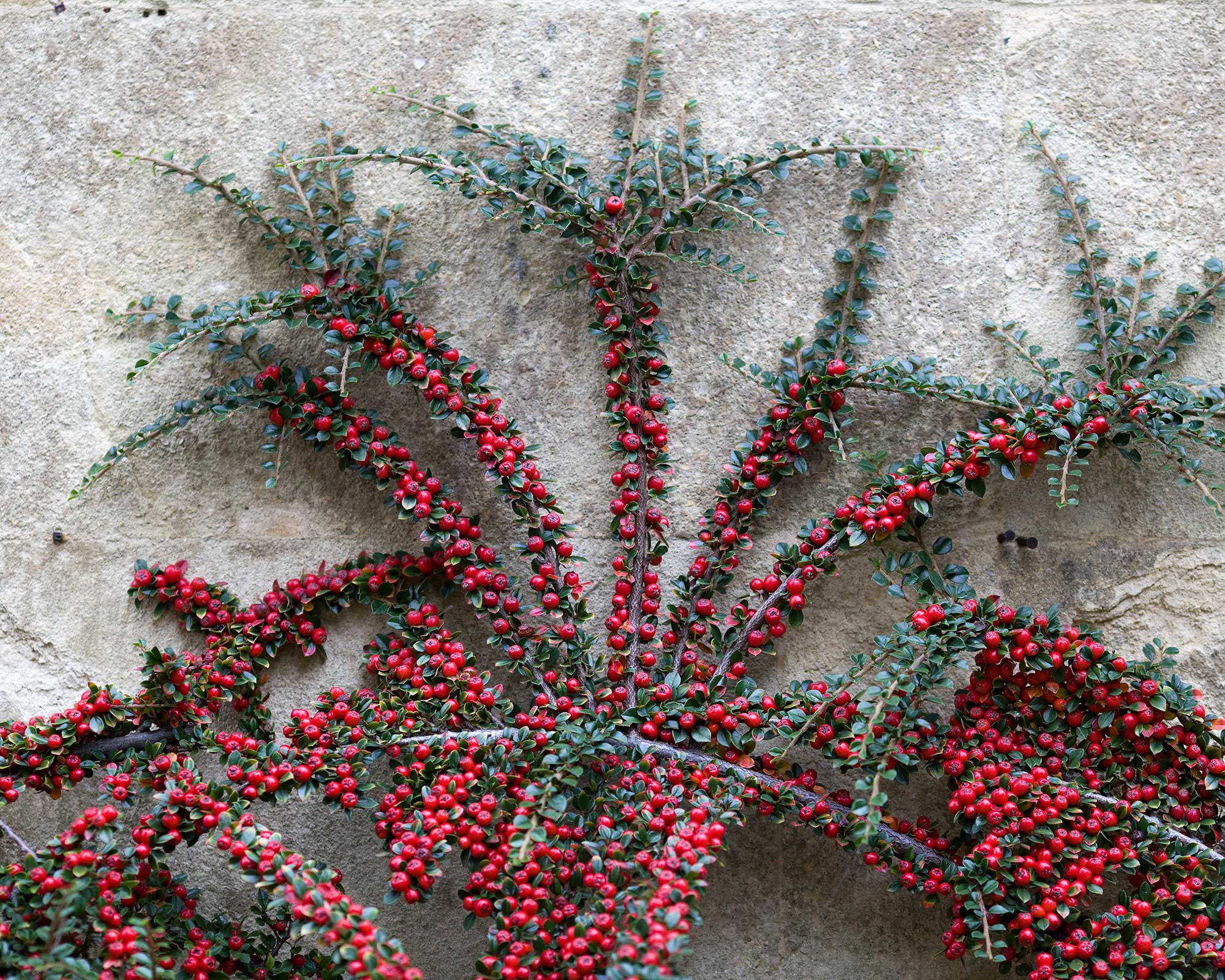
Using Cotoneaster in Your Backyard
Cotoneasters are versatile and can be used in a variety of garden settings:
- Hedging plants: Cotoneaster franchetii is an evergreen or deciduous option with orange berries and sage-green leaves.
- Border plants: Cotoneaster atropurpureus ‘Variegatus’ has white-edged foliage that turns pink in the fall, accompanied by rows of scarlet berries.
- Specimen: Cotoneaster ‘Cornubia’ is a tall, elegant evergreen shrub with spectacular clusters of red berries.
- Wall shrubs: When allowed to grow over a wall or fence, the herringbone branches and red berries of Cotoneaster atropurpureus create a striking visual effect.
- Rock garden: Cotoneaster dammeri spreads out widely and has sparkling red berries.
- Ground cover plants: Cotoneaster ‘Streib’s Findling’ has tight, dark, prostrate growth that effectively smothers weeds.
You can find several varieties of cotoneaster available for purchase online, such as Cotoneaster 'autumn inferno' from Home Depot, which features fiery red berries.
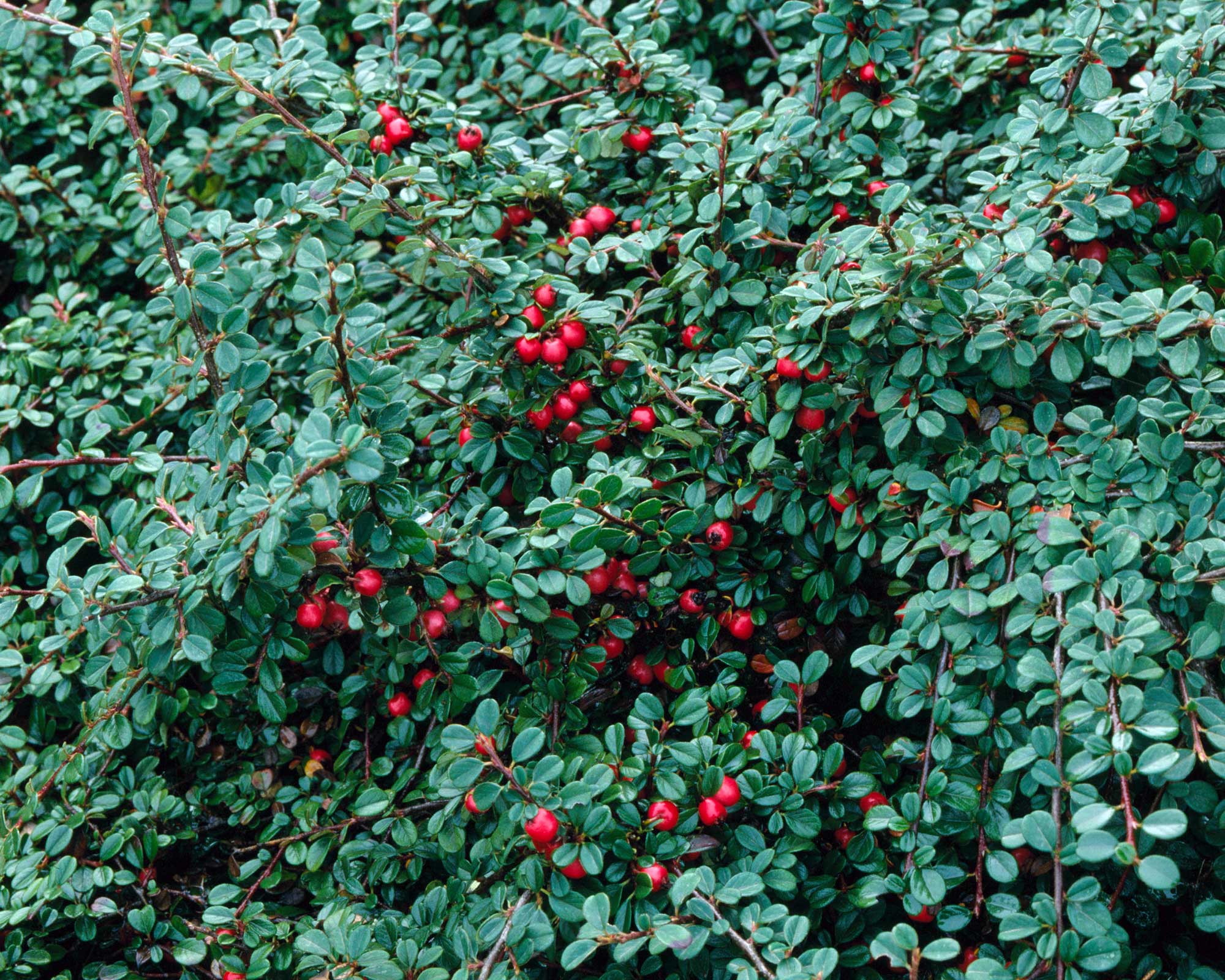
How to Plant Cotoneasters
Cotoneasters thrive in full sun, although some ground cover types can tolerate light shade. They grow well in fertile, well-drained soils but can also adapt to poor soil, gravelly sites, and heavy clay if the planting area is amended with compost or organic matter. No special planting techniques are required—simply plant them like other shrubs. Staking is usually unnecessary.
Newly planted cotoneasters should not be allowed to dry out, especially evergreen varieties, which can become dry in windy conditions. Mulching immediately after planting helps retain moisture and prevent weed growth. Water the plants regularly during their first year to ensure proper establishment.
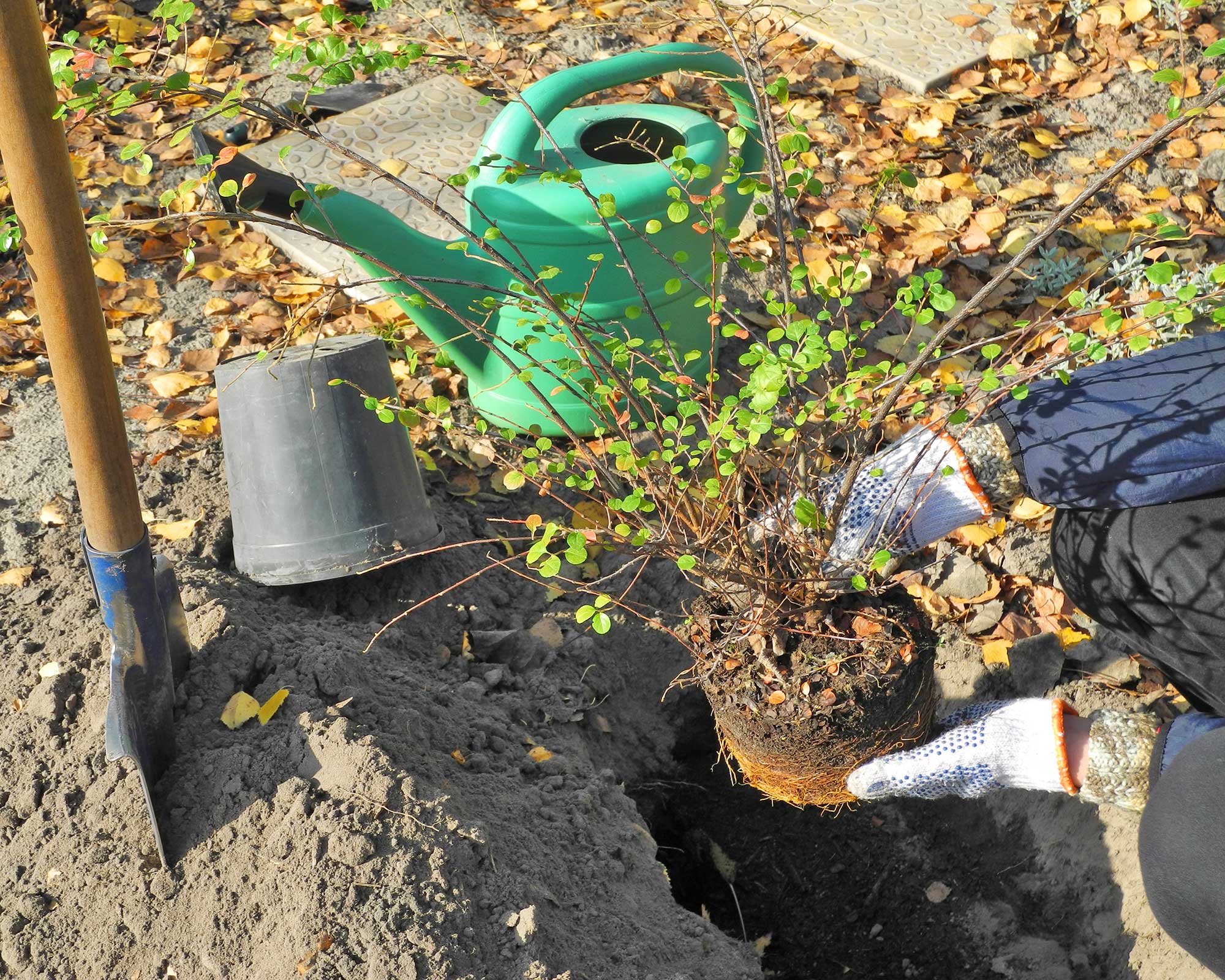
How to Care for Cotoneasters
Cotoneasters are resilient and low-maintenance shrubs that typically develop into attractive plants with minimal care. If growth is slow, a fall application of rose fertilizer followed by a mulch of weed-free organic matter can help improve their health.
These plants naturally develop into well-shaped forms without the need for pruning, shaping, or trimming. However, if a branch grows too strongly and affects the shape, it can be cut back after flowering. Old or straggly plants can be pruned back hard in the spring, but it's important to keep them well-watered during the first few months after treatment.
If grown as hedges, cotoneasters should not be trimmed into formal shapes. Instead, allow them to grow naturally and prune back the longest growths after flowering to maintain the desired size.
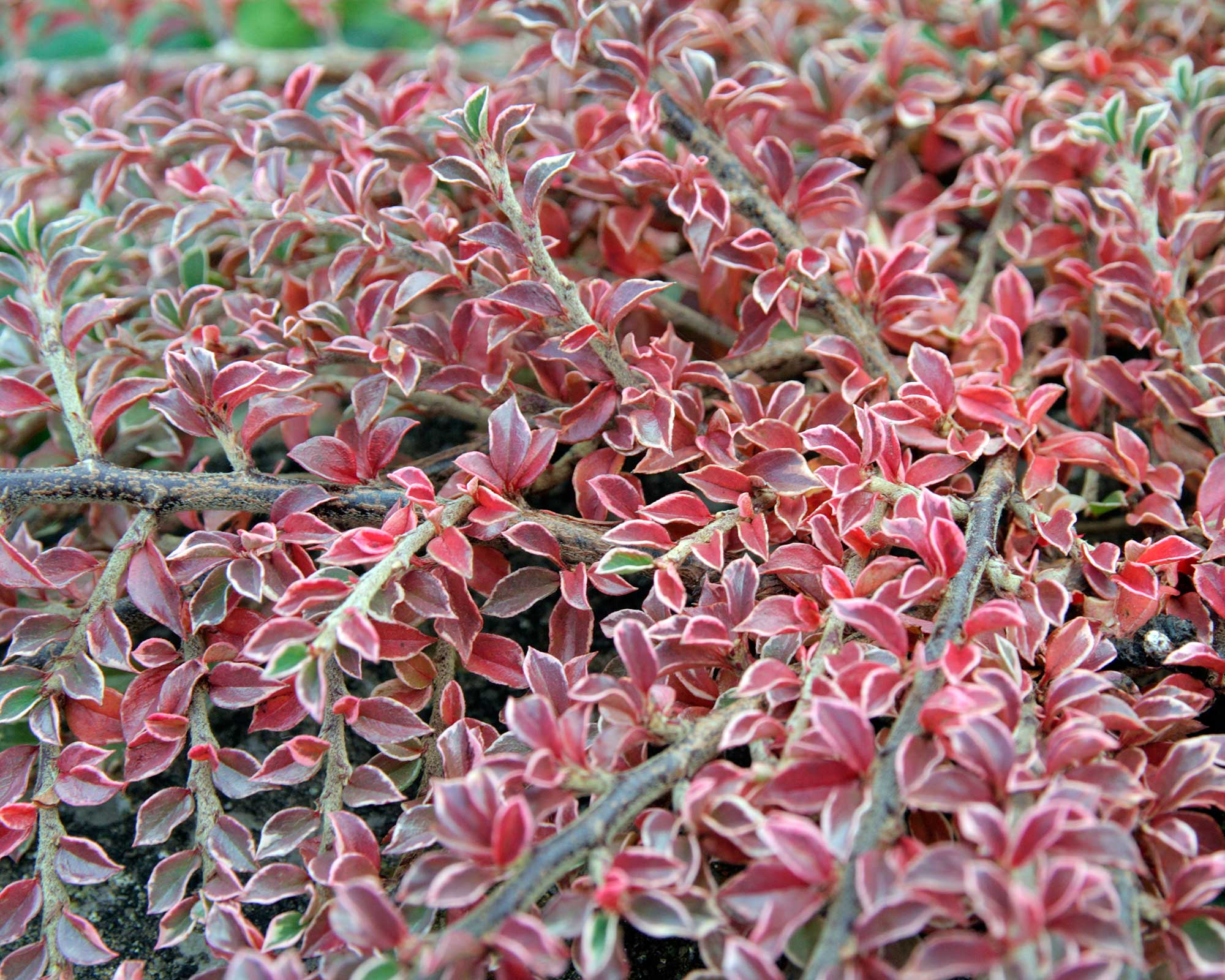
Propagating Cotoneasters
There are three main methods for propagating cotoneasters: seeds, layering, and cuttings.
- Seeds: Each berry contains up to five seeds, which are spread by birds. Seedlings often appear around the garden and can be transplanted once they reach about 6 inches in height. However, plants grown from seeds may not always resemble the parent plant.
- Layering: Low or prostrate stems can be laid on the ground and weighted down with a stone or brick to encourage root development. Once rooted, the new plant can be cut off and replanted.
- Cuttings: 6-inch cuttings taken in early or midsummer can be rooted, but success rates are usually low without specialized equipment.
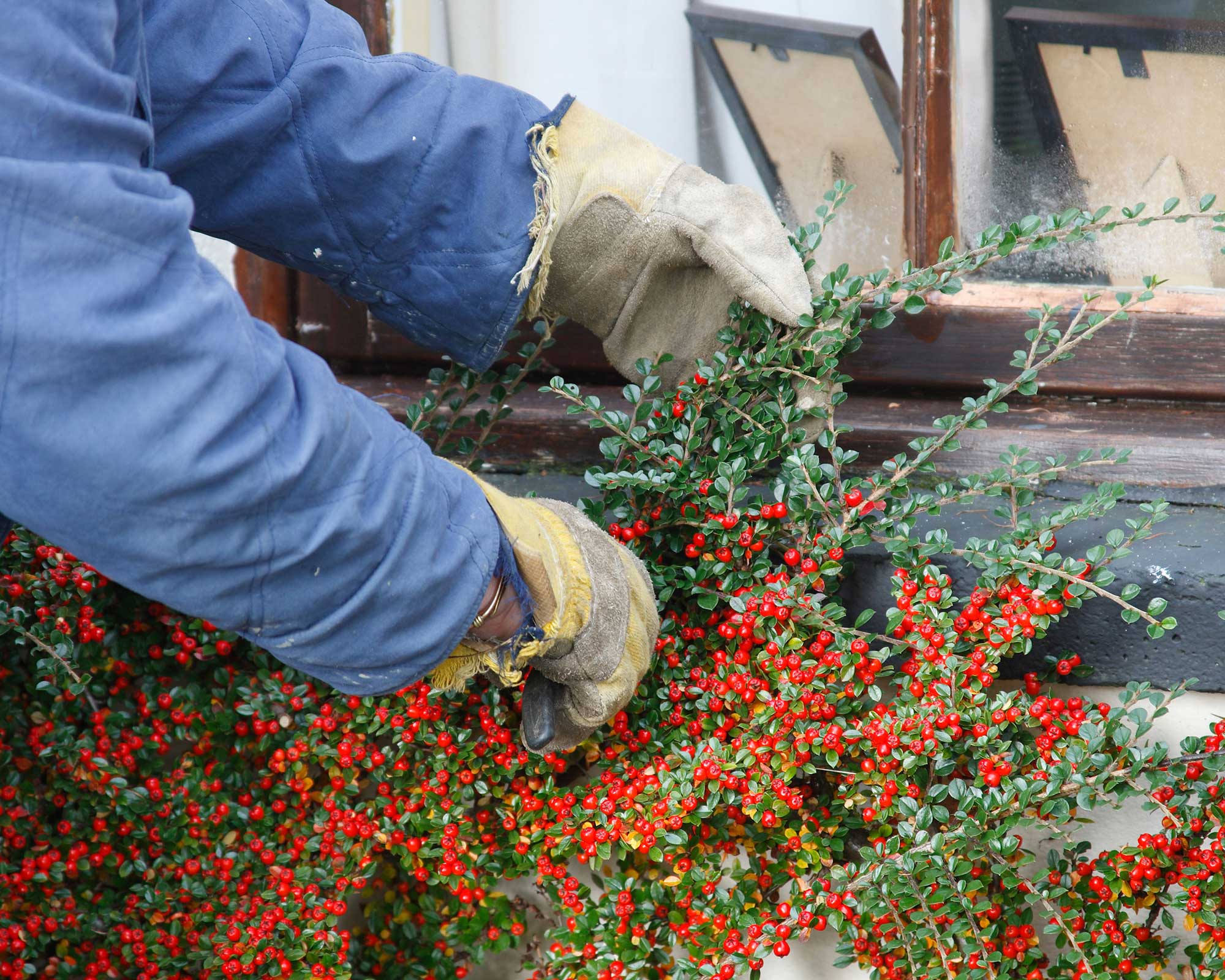
Common Problems with Cotoneaster
One of the main issues affecting cotoneasters is fireblight, a bacterial disease that spreads globally and affects members of the rose family. Symptoms include wilting flowers, a white ooze, shriveled shoots, and reddish discoloration under the bark. Infected branches must be pruned out, along with 2 feet of healthy growth beneath the affected wood. Tools should be cleaned and disinfected between cuts to prevent the spread of the disease.
FAQs
Is cotoneaster poisonous?
Cotoneaster is considered poisonous in large amounts and can cause breathing difficulties, weakness, and seizures. However, the berries are dry and unpalatable, so even birds rarely eat them until late in the season.
Is cotoneaster deer resistant?
Cotoneasters are rated as "seldom severely damaged" by deer, making them a good choice for gardens where deer are a concern.
Is cotoneaster invasive?
Some species, such as Cotoneaster franchetii, Cotoneaster horizontalis, Cotoneaster lacteus, and Cotoneaster simonsii, are considered invasive in certain regions. It is advisable to consult local extension services before planting these varieties.
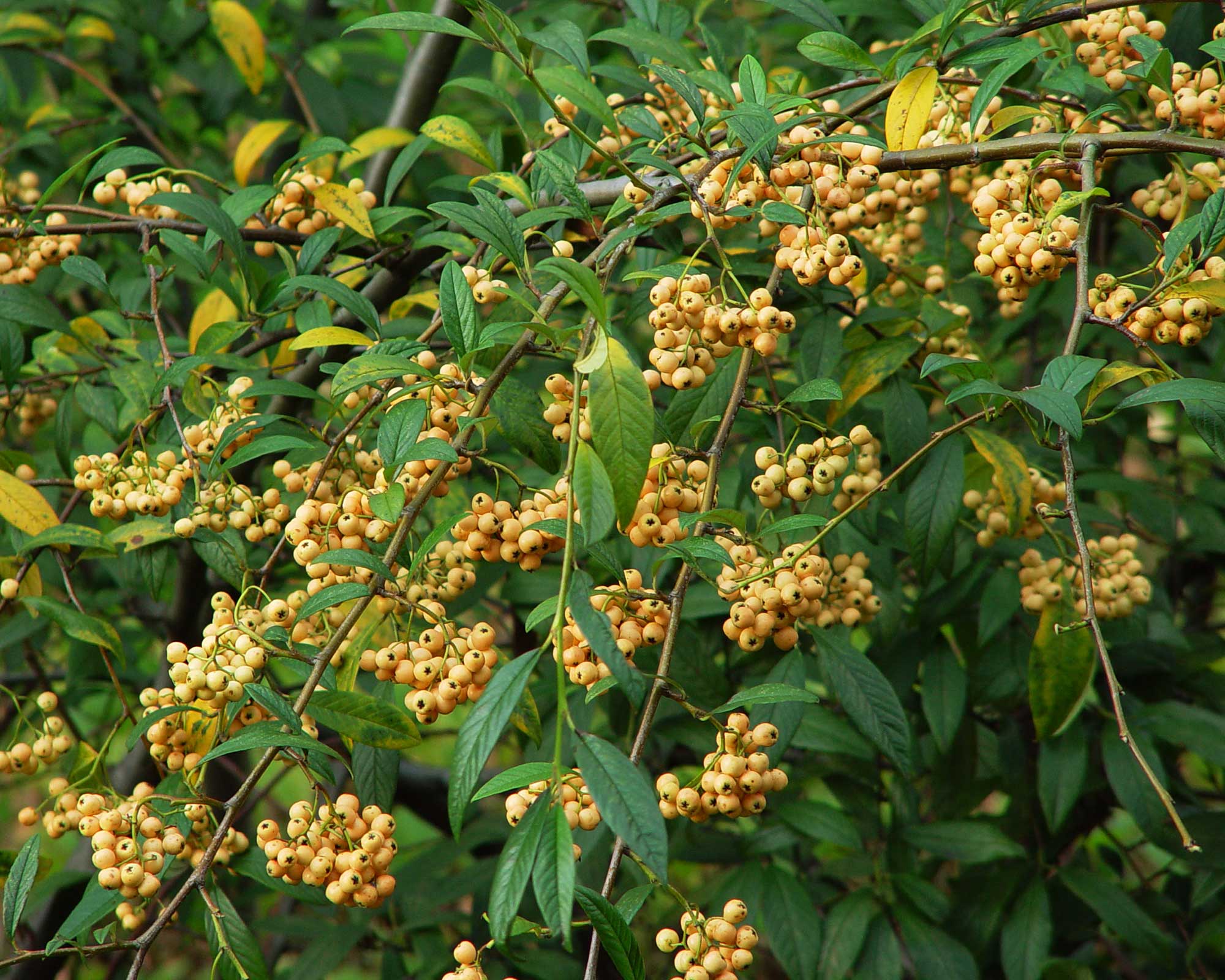
Choosing the Right Variety
Some cotoneasters, especially evergreens, grow quickly and can make a strong impact when in flower or fruit. Varieties like ‘Cornubia’ (red berries) and ‘Rothschildianus’ (yellow berries) stand out, though they may not be evergreen in cold winters (US zones below 7). Others grow more slowly, such as Cotoneaster horizontalis or Cotoneaster microphyllus, and may creep along the ground like ‘Gnom’ or ‘Coral Beauty’. Always check plant descriptions carefully before selecting a variety.
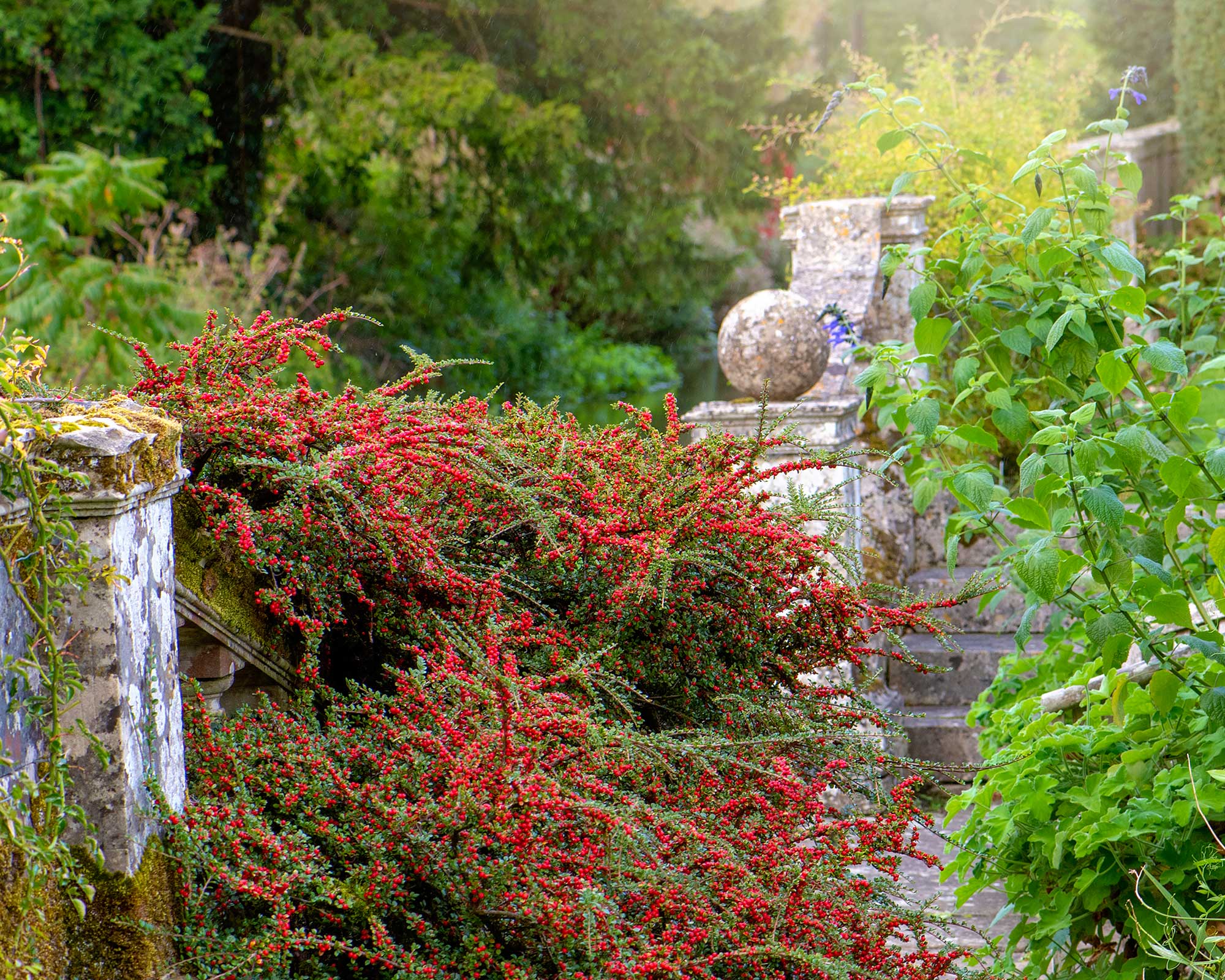
Tips for Successful Growth
After planting, it's essential to apply a layer of mulch to lock in moisture and nutrients. Organic bark mulch is ideal for this purpose.
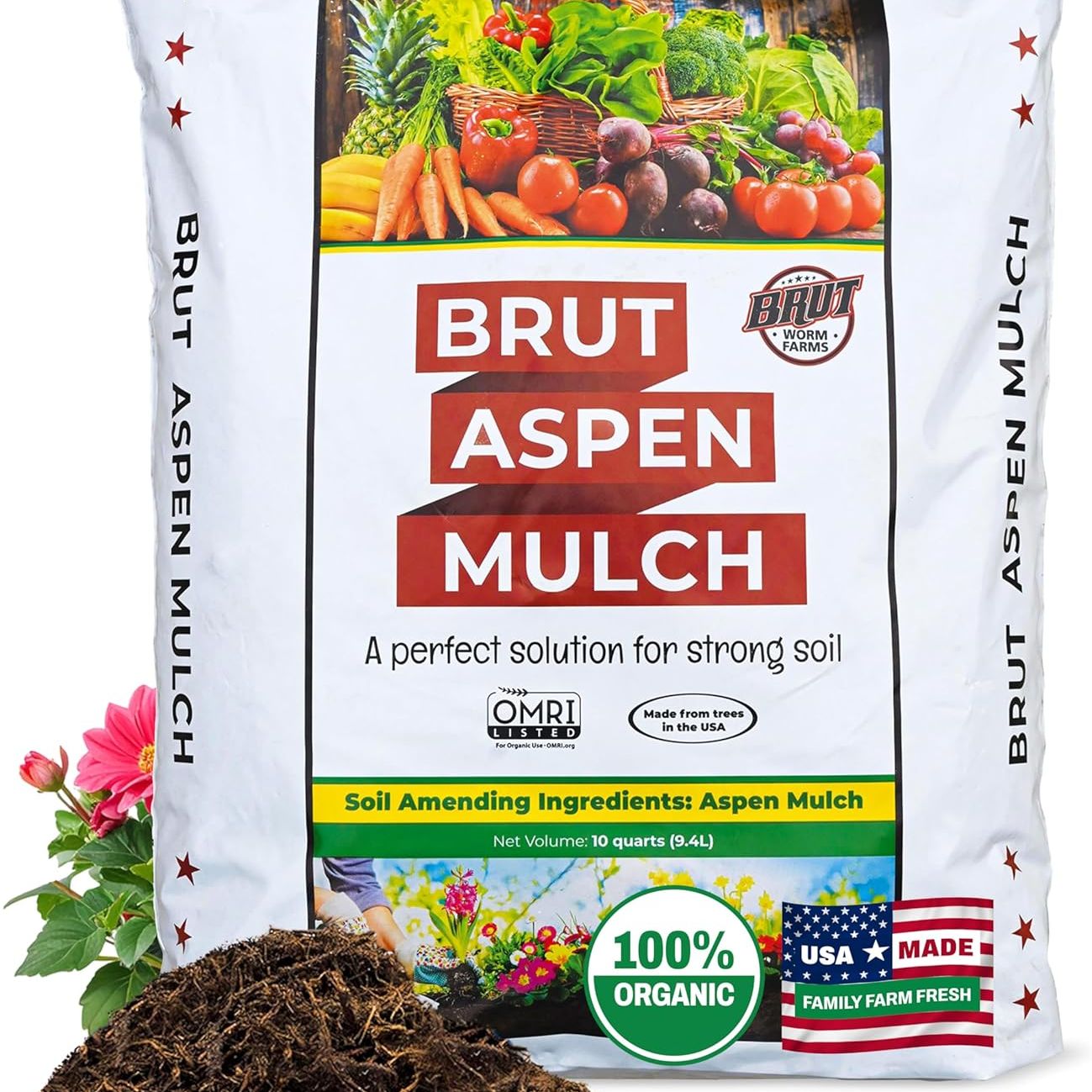
Recommended Products
Organic Aspen Mulch
This mulch is perfect for retaining moisture and improving soil health around newly planted cotoneasters.
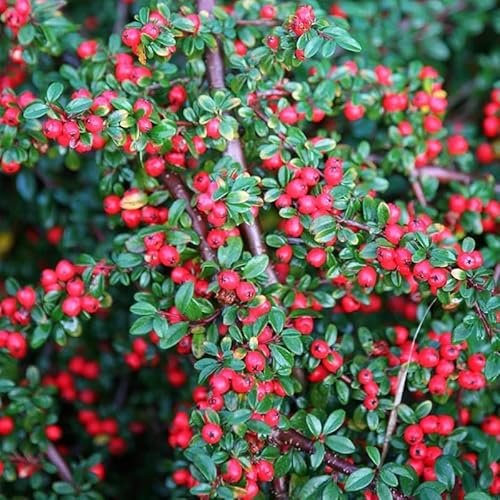
Cotoneaster Horizontalis
This creeping ground cover is ideal for rock gardens and can be purchased as seeds from Amazon.
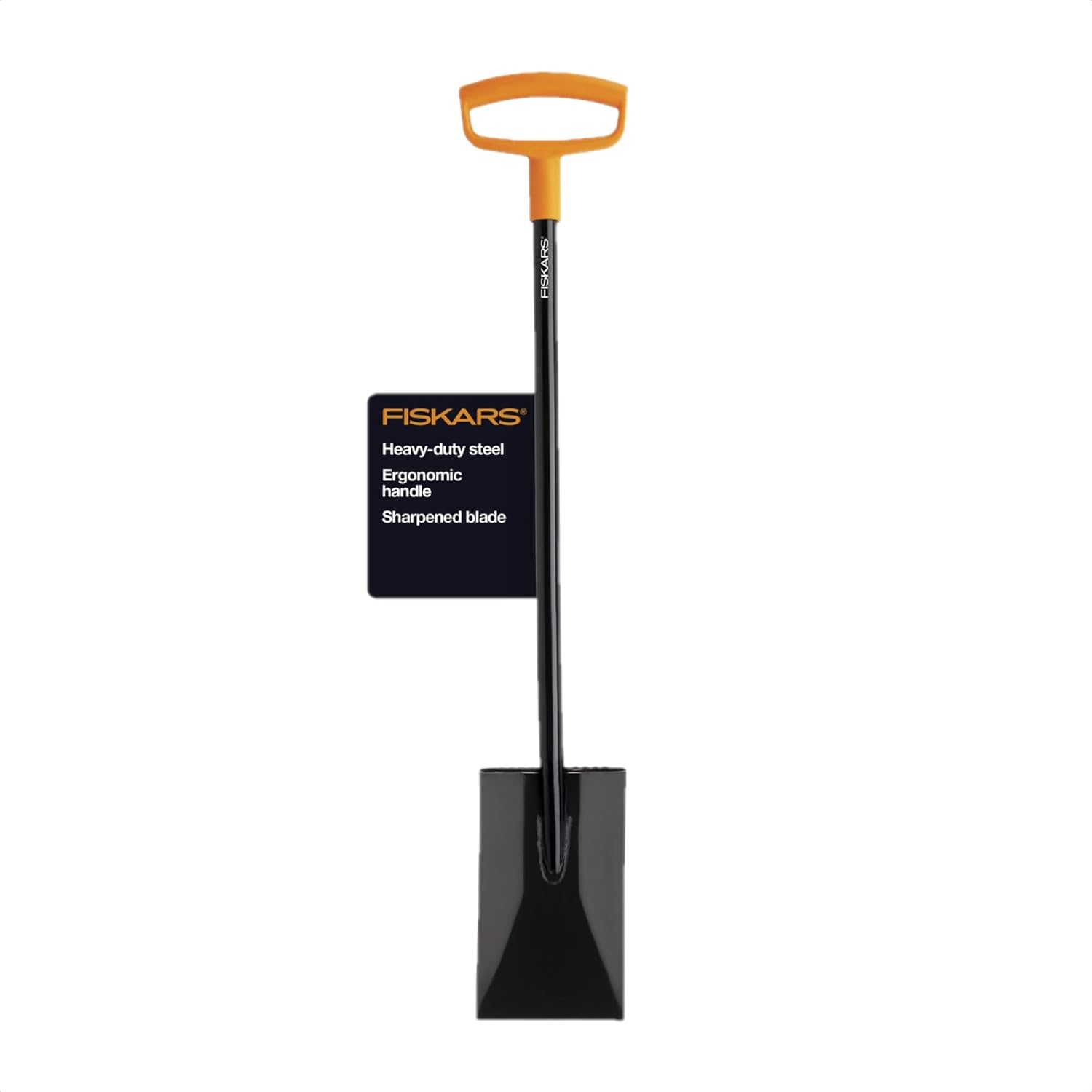
Garden Shovel
A versatile tool with an ergonomic handle and strong steel blade, making it ideal for digging and planting shrubs in the fall.